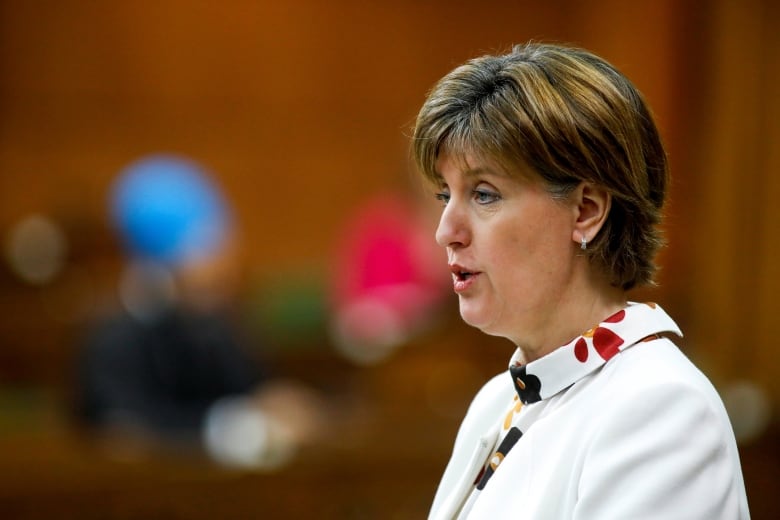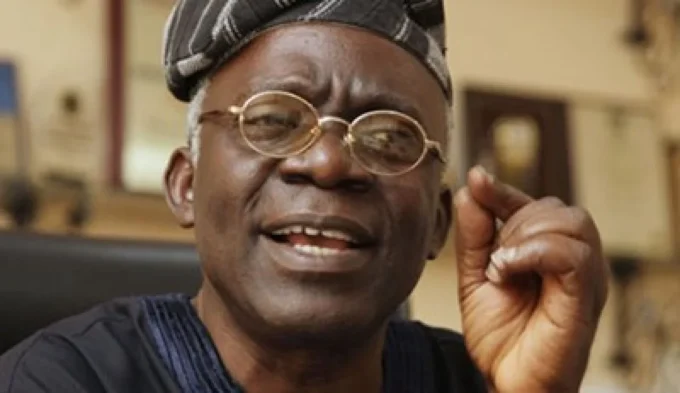Over the summer, supporters of the Freedom Convoy movement have continued to hold anti-mandate demonstrations across the country, attracting anywhere from a few dozen to several hundred people in places like Sudbury, Ont., Acheson, Alta., and Regina.
Like the protests in Ottawa last winter, these smaller demonstrations featured big rigs, pickup trucks and honking — though they tended to last only a few hours and kept to parking lots or slow-moving convoys on highways.
But they also featured a new — and perhaps surprising — symbol: The flag of the Netherlands was being waved alongside the more familiar Maple Leaf and F–k Trudeau banners.
The red, white and blue flag is meant to be a show of solidarity with Dutch farmers protesting their government’s efforts to halve emissions linked to nitrogen-based fertilizers by the end of the decade.
Opposition to the policy in the Netherlands has been fierce and messy. It is one of the most intensively farmed countries in the world and the proposed changes would mean huge reductions in farmland and livestock.
In recent months, farmers in the country have blocked food distribution centres, set bales of hay on fire and spread manure on major roads.

In Canada, many within the convoy movement see the Dutch farmers as allies in a global fight against an array of policies they maintain are too progressive, such as public health mandates or emission targets.
“The far right wants to think of it as a transnational movement,” said Bàrbara Molas, a research fellow at the International Centre for Counter-Terrorism (ICCT) in The Hague.
As the convoy movement organized solidarity rallies for the Dutch farmers in July, its leaders warned that Canadian farmers would soon find themselves in a similar position.
“The reason we’re standing in solidarity with [the Dutch farmers] is because these policies are actually coming to Canada as well,” Jerome O’Sullivan, the founder of the group Freedom Fighters Canada, told a podcast last month.
But the convoy movement’s embrace of the Dutch farmers’ cause has been fed by misinformation and deliberate attempts to sow confusion about government policies in Canada and the Netherlands.
It also threatens to overshadow legitimate concerns that Canadian farmers have about how to grow food while also addressing climate change.
There is a distinction, said Molas, between “what the farmers actually might think and what the far right wants people to see the farmers as.”
How the conspiracy theories went mainstream
Dutch farmers have been protesting since court rulings in 2018 and 2019 forced the country to drastically cut its nitrogen emission levels, which at the time were exceeding commitments made under international climate change agreements.
When the farmers escalated their tactics in late June, convoy-affiliated activists in Canada remarked on the similarities with their own movement, ultimately sparking interest in Ottawa’s efforts to reduce fertilizer emissions here.
“We stand proudly with Dutch farmers in the continued fight against government overreach and the globalist elite. Welcome to the revolution,” said a Facebook post from Live from the Shed, a webcast dedicated to the Canadian convoy movement.

The July 2 post received more than 350,000 views and was shared more than 16,000 times, according to Facebook’s analytics tool, CrowdTangle.
Soon after, far-right media outlets in Canada seized on the Dutch protests to promote conspiracy theories that reinforced anti-government ideologies. Many of these sites had already been sowing misinformation about food-supply issues.
The Western Standard, a conservative publication based in Calgary, amplified in early July a conspiracy theory that claimed fires were being deliberately set at farms around the world to make populations more dependent on governments.
The column, which was shared more than 450 times on Facebook to accounts totalling 136,000 followers, suggested that global plot was the real reason behind Ottawa’s decision to help fund a cricket-processing plant in London, Ont., even though the facility mostly produces pet food.
On July 5, the Facebook page belonging to Cheryl Gallant, a Conservative MP who has been criticized in the past for spreading conspiracy theories, posted that “Trudeau wants us to eat crickets” while linking to a story about the Dutch farmers’ protest.

In the days that followed, Canada’s far-right media pushed more disinformation to their readers.
Rebel News, for instance, claimed the Dutch government had “pandered to the radical demands of the World Economic Forum,” echoing a popular conspiracy theory that maintains the Swiss think-tank is secretly forcing governments around the world to adopt left-wing policies.
Another far-right publication, The Counter Signal, recirculated the comments of a former far-right Dutch politician, who falsely claimed the goal of the Dutch climate plan was to confiscate the farmers’ land and then give it to immigrants.
As interest in the Dutch protests increased in Canada, conservative pundits and politicians began suggesting the Canadian government was also going to force farmers to reduce how much fertilizer they use.
This is not what the government has said it intends to do. While Ottawa has pledged to reduce emissions from fertilizers by 30 per cent, it has also pledged to meet that goal without resorting to a mandatory reduction in nitrogen fertilizer use.
Nevertheless, the Toronto Sun’s Brian Lilley wrote in a widely shared column, that the plan, which hasn’t yet been finalized, “means reducing fertilizer usage by 30 per cent.”
In a Facebook post, Devin Dreeshen, a United Conservative MLA in Alberta, referred to it as the “30 per cent fertilizer ban,” while Todd Loewen — another UCP MLA and candidate in the party’s leadership race — said he was standing with the Dutch farmers because they were resisting “the exact same eco-radical policies” advocated by Ottawa.
Before July, Facebook posts in Canada that mentioned the phrase “fertilizer ban” had received effectively zero interactions, according to CrowdTangle statistics.
In the last week of July, though, the phrase received nearly 10,000 interactions.

Farmers Forum, an Ontario-based agriculture newspaper that is sympathetic to the convoy movement, interviewed several farmers earlier this month about the prospect of a Dutch-style fertilizer ban coming to Canada.
Almost all were convinced a ban was in the works, and cited the World Economic Forum (WEF) as the reason why.
“It’s kind of scary, at the WEF, they tell you exactly what they’re doing, and ‘Bang,’ six months later, it’s happening,” Andy Senn, a dairy farmer from St-Bernardin, Ont., told the paper.
Misinformation flourished in information vacuum
At the same time that social media is flooded with misinformation about Canada’s agricultural policy, the federal government is seeking input from farmers and other industry players about how best to cut fertilizer emissions.
“It’s definitely a challenge for us in terms of communication. We’re working hard on trying to use different ways to communicate,” said Agriculture Minister Marie-Claude Bibeau.
The goal of reducing fertilizer emissions by 30 per cent was set as part of the Trudeau government’s plan to lower the country’s overall greenhouse gas emissions by between 40 and 45 per cent by 2030 — in line with the reductions international experts say are necessary to minimize the damage from climate change.

When the fertilizer target was initially announced in December 2020, there was widespread confusion within the agricultural industry about whether it would entail cutting fertilizer use, which would in turn affect crop yield.
Earlier this year, the Agriculture and Agri-Food Canada released a discussion paper that outlines its strategy for reducing fertilizer emissions “will focus on improving nitrogen management and optimizing fertilizer use, and not on a mandatory reduction in the use of fertilizers.”
It also cites industry and government research that concluded significant emissions reductions can be achieved by expanding the use of certain techniques, like applying fertilizer in the spring instead of the fall.
The discussion paper has helped ease some fears within the industry.
“Overall, we were really pleased to see these techniques included,” said Cassandra Cotton, vice-president of policy and program at Fertilizer Canada, a lobby group representing the industry.
The amount of misinformation circulating about fertilizer policy ” hurts and prevents this moving forward in a positive direction,” Cotton said.
But she also echoed a view expressed by others in the industry: that the federal government has been slow to offer specifics about a policy that will ultimately affect what foods Canadians eat every day.
“Part of this [misinformation] is being driven by the lack of detail as to how the government plans to get to this target,” said Kelvin Heppner, a farmer in southern Manitoba and an editor for RealAgriculture, a respected industry publication.
“And so in that vacuum, there are conclusions that people are reaching — and they’re not necessarily based on what the government has said it will do.”
According to Molas, it is this confluence of confusion and concern that creates an opening for far-right groups to exploit.
“These are movements that began because of very real grievances that governments didn’t address soon enough,” she said. “The far-right sees that as an opportunity to spread their anti-democratic narrative.”













Leave a comment